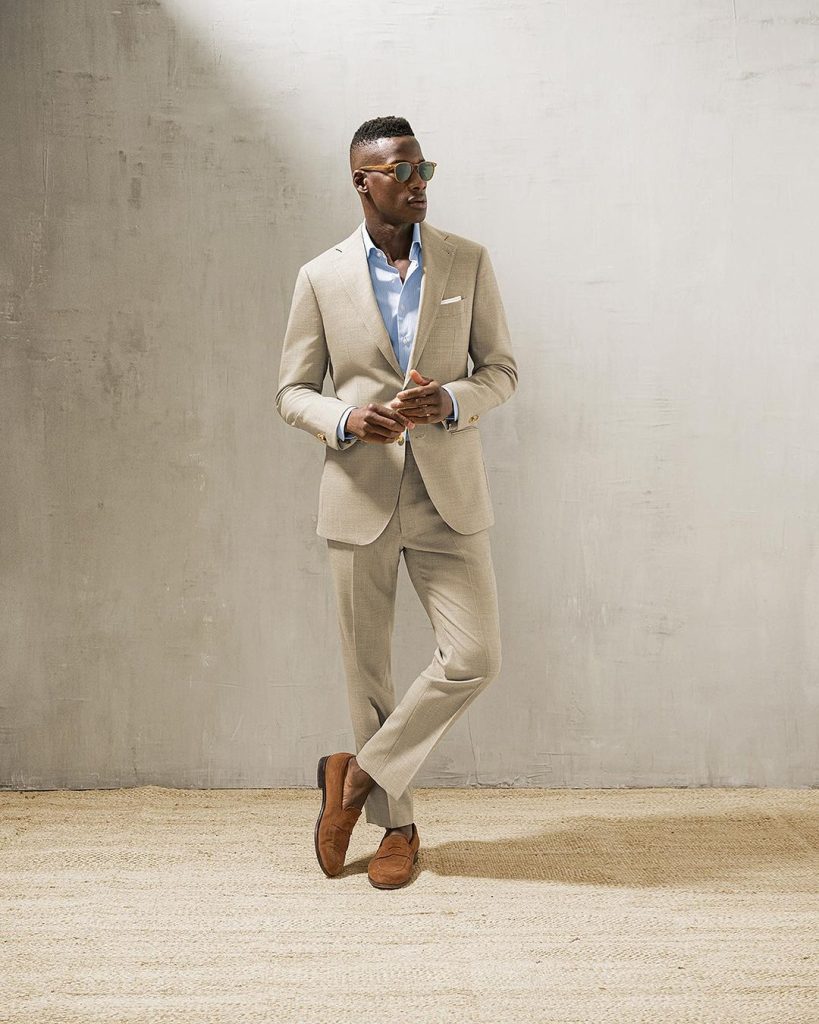
We couldn’t be more appreciative of our sponsors. As an independent menswear site, they’re the reason we’re able to keep the lights on. So, twice a month, we like to give them a special shoutout to recognize them for their support. Doing so also allows us to update our readers on our sponsors’ latest happenings.
In her book Worn: A People’s History of Clothing, Sofi Thanhauser goes through the laborious process of how mills produce linen fabrics. The material comes from flax, a flowering plant with a stiff, slender stalk. Inside these stalks are soft, silky strands, which, when twisted together, form durable cords or threads. Getting to these strands, however, is a long process that involves pulling the plants and leaving them to dry, employing moisture to rot and soften the outer cellular tissue, and then breaking apart the material to remove the inner fibers. That’s to get the material—before it’s processed into yarn and then woven into fabric. It’s a laborious, time-consuming process that can drive up the cost of the final product, but linen is prized in the summertime for how well it breathes and wicks sweat from the skin, keeping the wearer feeling cool, dry, and comfortable.
Proper Cloth has many new linen items this season, including Italian linen shirtings in casual colors such as sage green, slate blue, and sand. These fabrics are ready to be turned into custom-made dress shirts produced with nearly any stylistic detail—popovers, Ivy styled button-downs, or even snap-button Westerns. Proper Cloth also has some Irish linen and wool-linen suits. Start with versatile colors such as tan, sage, and mid-blue, or go with steel grey for something a little more modern (such casual suits are the only ones you can wear with all-white sneakers if you want to dress these down). You can pair these with Proper Cloth’s linen-blend polos, which are soft, comfortable, and have a little more breathability than the common pique cotton variety.
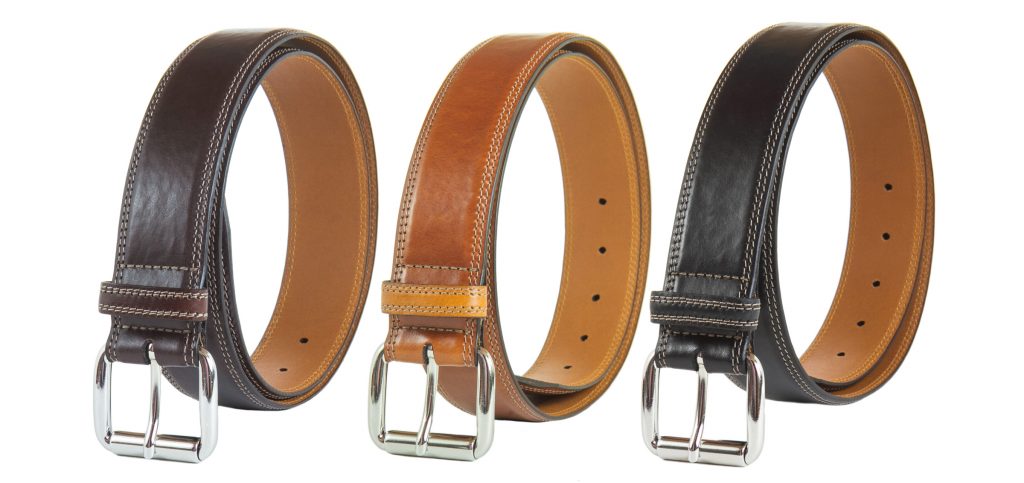
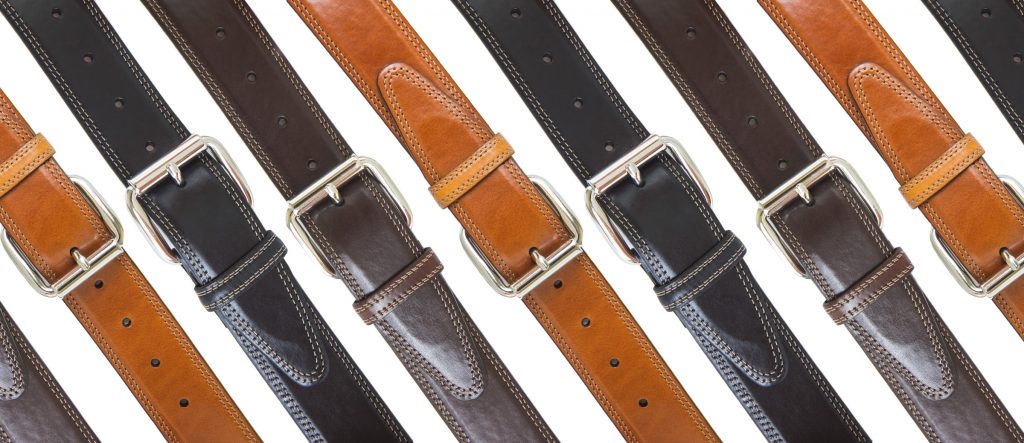
There are three things you should look for in a dress belt. The first is whether the edges have been stitched down. Some belts, such as those cut from bridle leather, are often left plain or scored. Then there are finer calfskins that are stitched down using at least two pieces of leather. Neither is better or worse, but it’s a subtle detail that will make an impact on how you look.
The second is how the belt has been lined, assuming it’s lined at all. Cheaper belts are made from reconstituted leather or even paper. Higher-end belts are lined with quality leather. Finally, and perhaps most obviously, you should find belts primarily made from full-grain leather (meaning, for the parts that face the world).
This week, Dapper Classics is releasing its version of a high-quality belt. Made in Pheonix, Arizona, these belts are constructed from full-grain Italian calfskin leather, a soft nubuck liner, and a metal roller buckle with a nickel finish. The belts measure 1.5″ wide and come in three colors — brown, cognac, and black — to match nearly any shoe. Compared to the rest of the market, they are also reasonably priced at just $95.
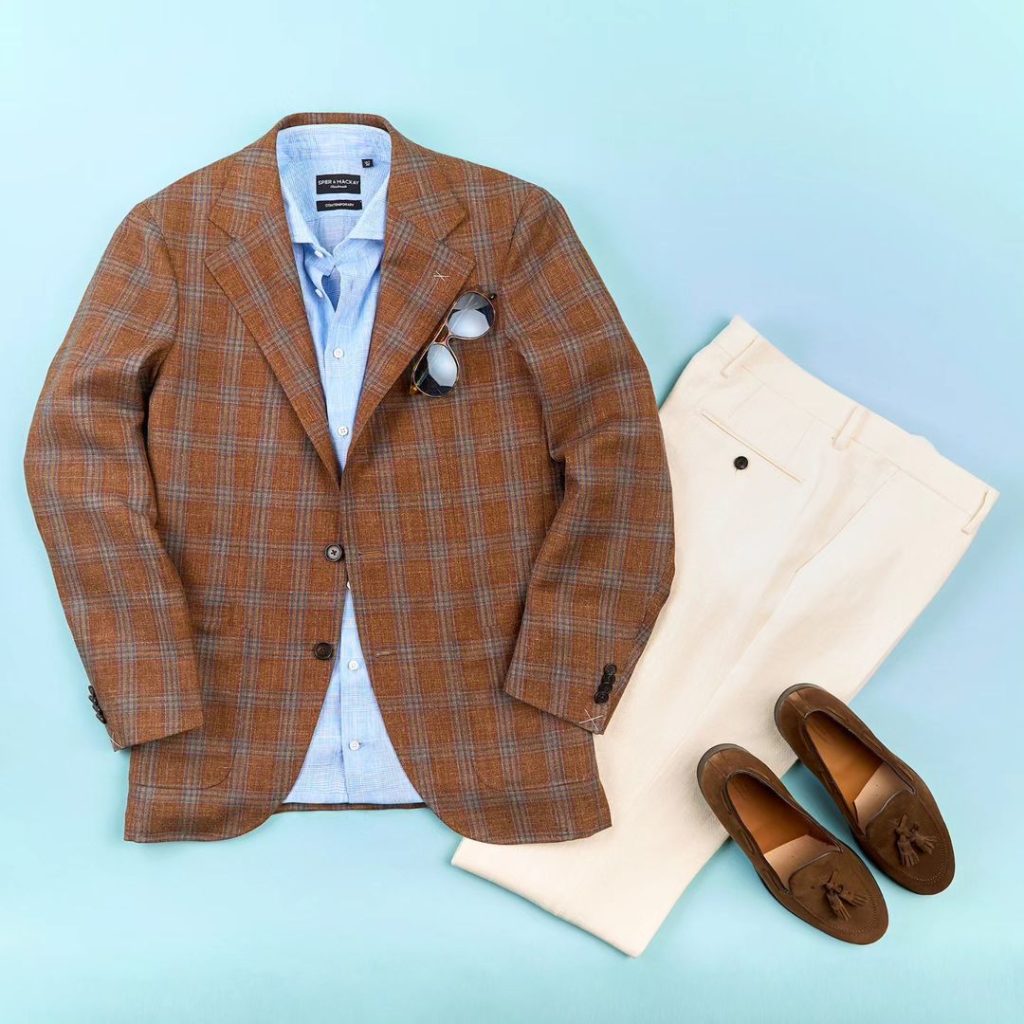
Spier & Mackay has developed a cult following since they debuted on StyleForum in 2014. Before them, it was difficult to get quality, affordable tailoring in the styles and silhouettes that online menswear guys obsessed over—soft shoulder, trim but not tight chest, and a classic length that covers your rear. Above them are dearly expensive Italian clothes that start at the four figures; below them are fast fashion brands that sell awful tailoring. Spier & Mackay’s tailoring begins at around $300, but the coats are half-canvassed and fit many guys well.
In the last few years, Spier & Mackay has applied their expertise on classic tailored clothing to more casual pieces, such as waxed cotton field coats, suede bombers, and Donegal topcoats. For the spring/summer season, you can check out their range of washed chambray button-downs, linen shorts, and cotton-linen polos. Prices are generally about half to a third of what you’d pay for similarly styled items elsewhere. They even have chore coats on sale right now for $56—less than what many stores charge for button-ups.
For an easy summer ensemble, consider this soft-shouldered, rust-colored sport coat made from wool-silk-linen. Wool-silk-linen—commonly denoted as WSL online—has properties from all three fibers: the drape and bounce-back quality of wool, the sheen and strength of silk, and the crisp, dry hand of linen. It’s prized during the summer months because of how it imitates the texture of traditional fall/winter fabrics, such as tweed, but breathes well in hot, humid conditions. You can wear it as Spier & Mackay presents it above: with cream-colored trousers (pearl grey would also work), a light blue linen shirt, and brown suede tassel loafers.
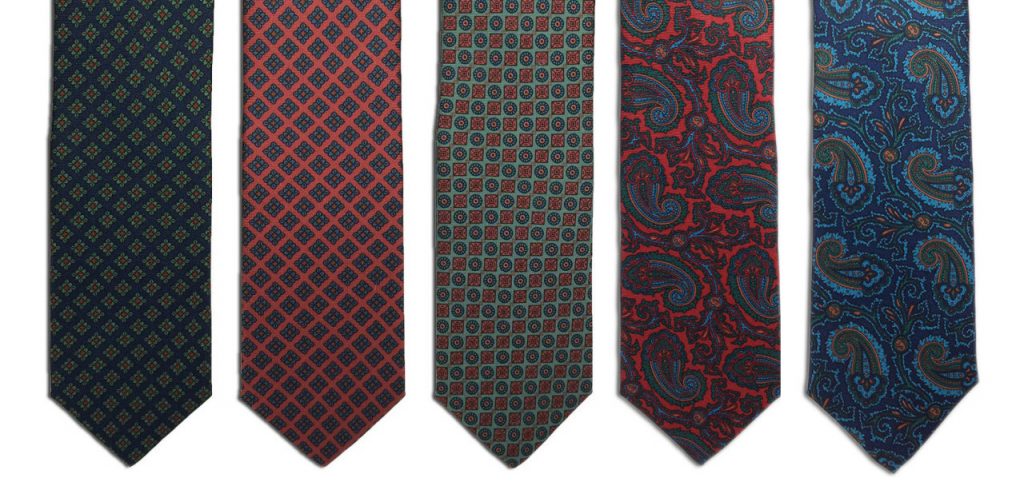
If you’re just starting to build a neckwear wardrobe, you could do worse than starting with a basic grenadine. The textured Italian silk adds visual interest to solid-colored sport coats but is also subdued enough to pair with patterned jackets. Your next few ties should continue to be basic — rep stripes, foulards, and perhaps a knit for casual occasions.
Once you have the basics, consider getting things in more seasonal fabrics. Raw silk and linen are ideal for summer. However, in the fall and winter months, you’ll want things such as tweed, cashmere, wool challis, and most of all, ancient madder. Paul at Chipp Neckwear once told me that the chalky hand of ancient madder reminds him of a horse’s wet nose. I’ve always thought that description is charming. Madder ties are useful in the winter because they sit in the middle in terms of formality. They’re just as good with tweed and corduroy sport coats as they are with worsted suits. Chipp’s ties are made in NYC using the same English silks as what you’ll find from top-tier producers, except theirs cost less than $70 apiece.

Ten years ago, we wrote a story about how our friend Matthew thrifted a Ferrari. Well, sort of. He read a book called One Paper Clip, which is about how one guy traded a paperclip for a pen for a doorknob for a camping stove and on and on for a year until he had traded for a new house. Matthew thought, “How can I turn my hobby thrifting clothes into something special?” After about five years of thrifting and selling second-hand finds, he bought a Ferrari. And about 16 years later, he’s built a sizable company for himself and his family.
Last week, he received the keys to his second business, Encore Une Fois (Once Again, in French). It’s a new store located just minutes away from LuxeSwap’s headquarters and will focus on mid-tier womenswear brands (no classic menswear) and youthful tween inventory. The boutique will also house the company’s AuctionNinja listings. A portion of net proceeds from every sale will go to a rotating base of charities, both local and national.
Matthew tells us that he’s hoping for an early holiday opening this fall/winter. For those located in or around Oyster Bay, New York, you can check them out in the heart of the city’s downtown district. Updates will be posted on the company’s new Instagram.







